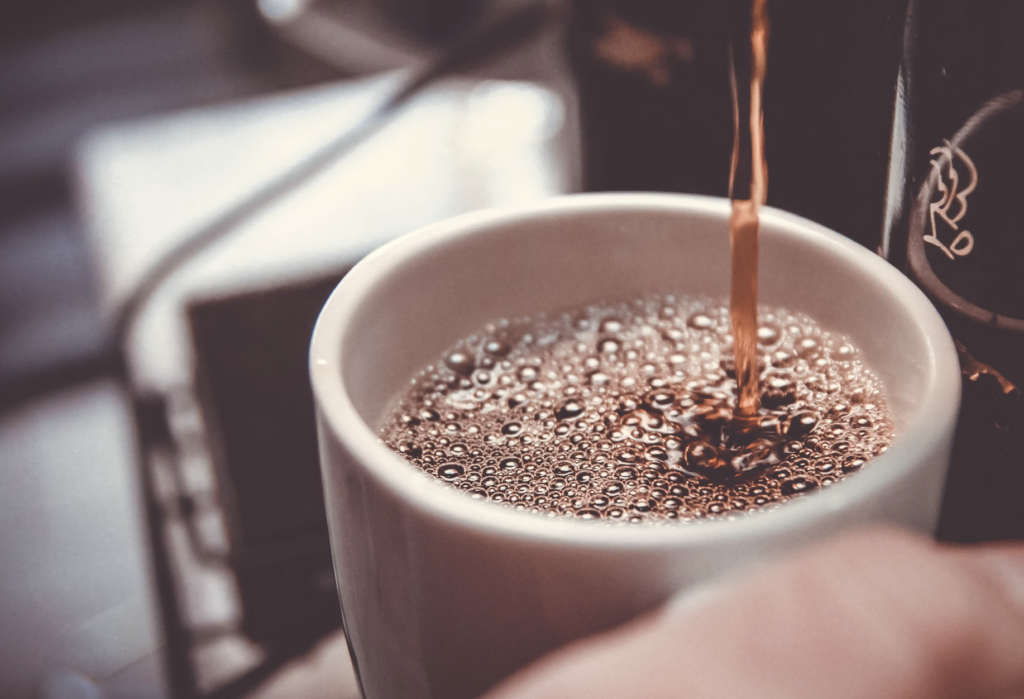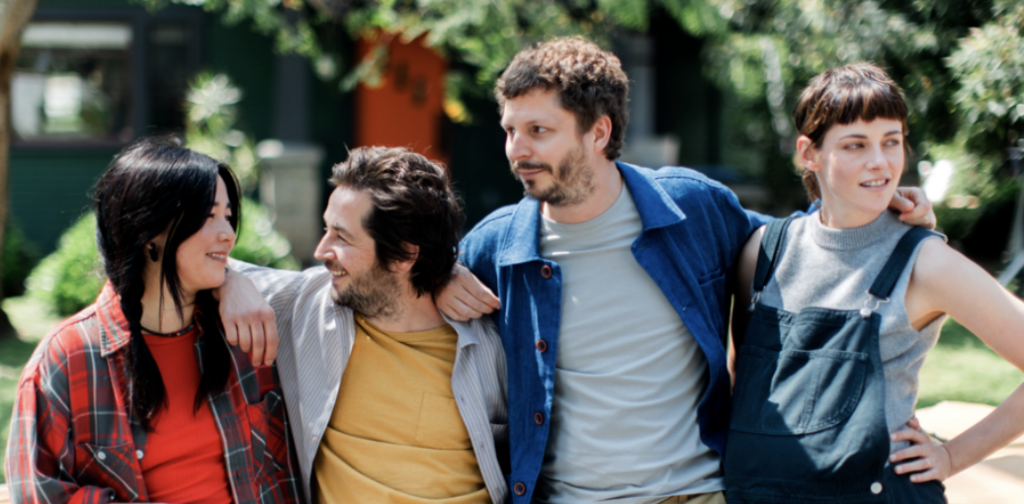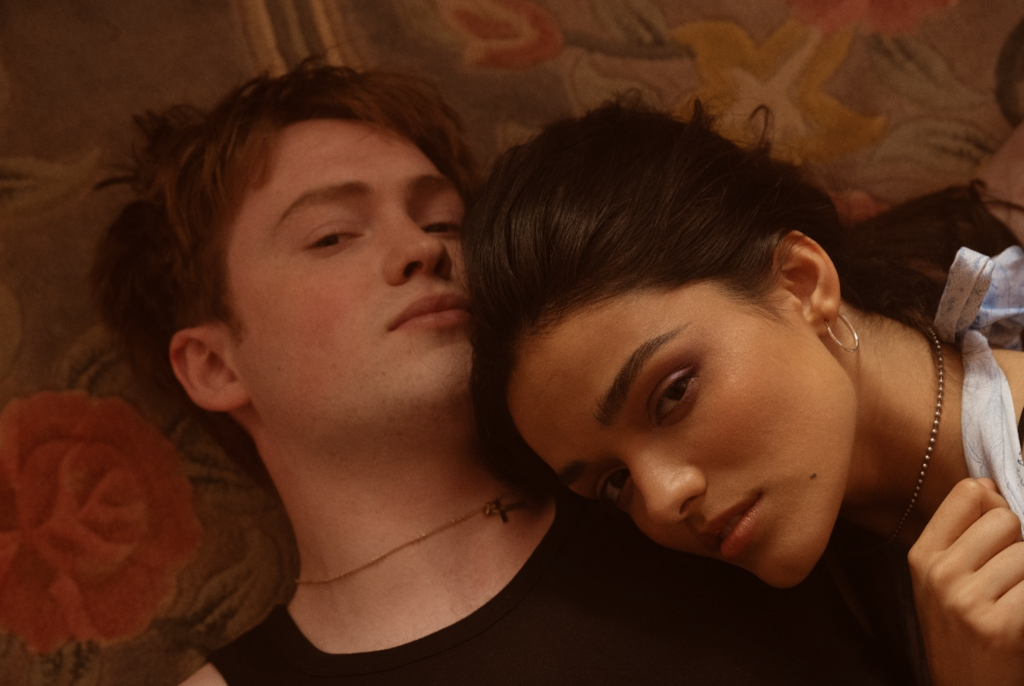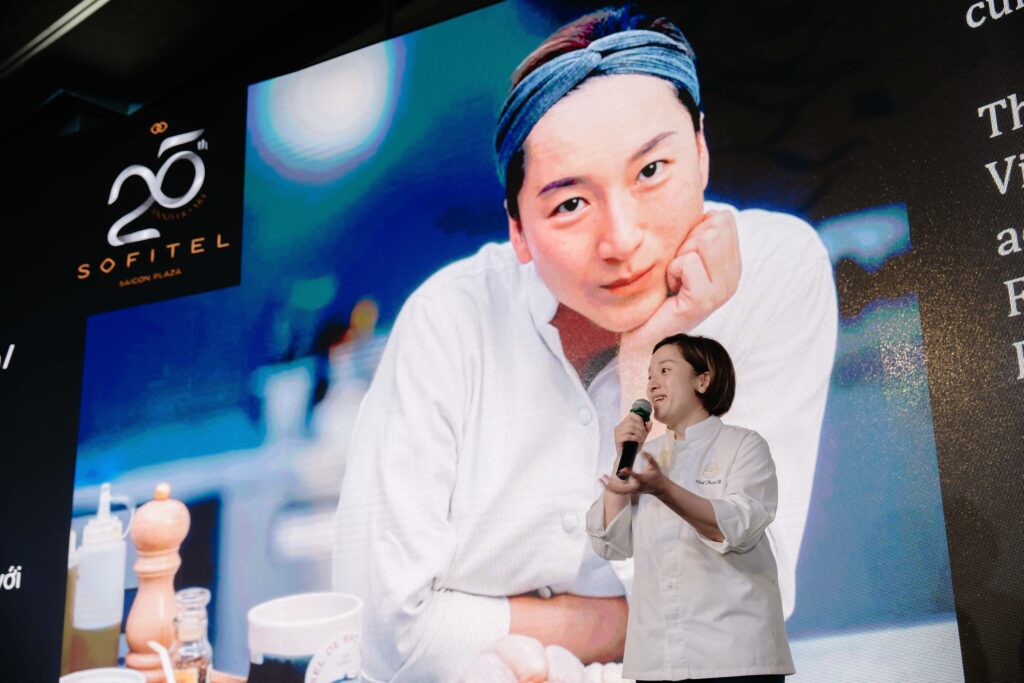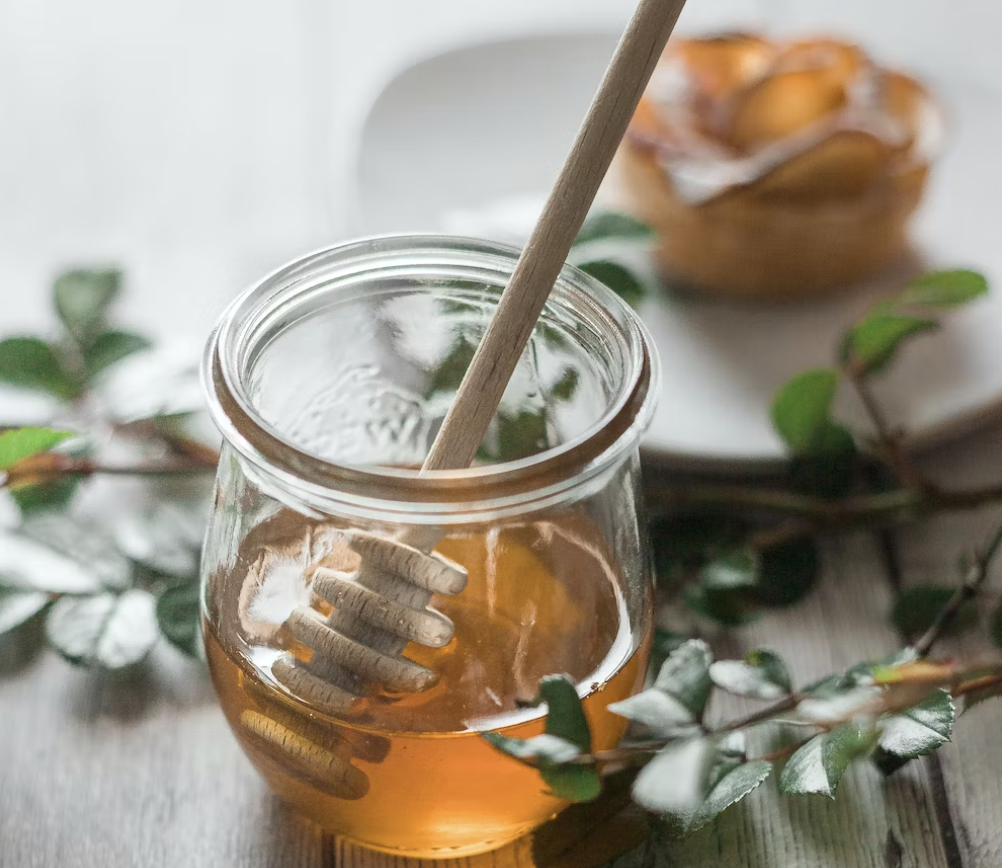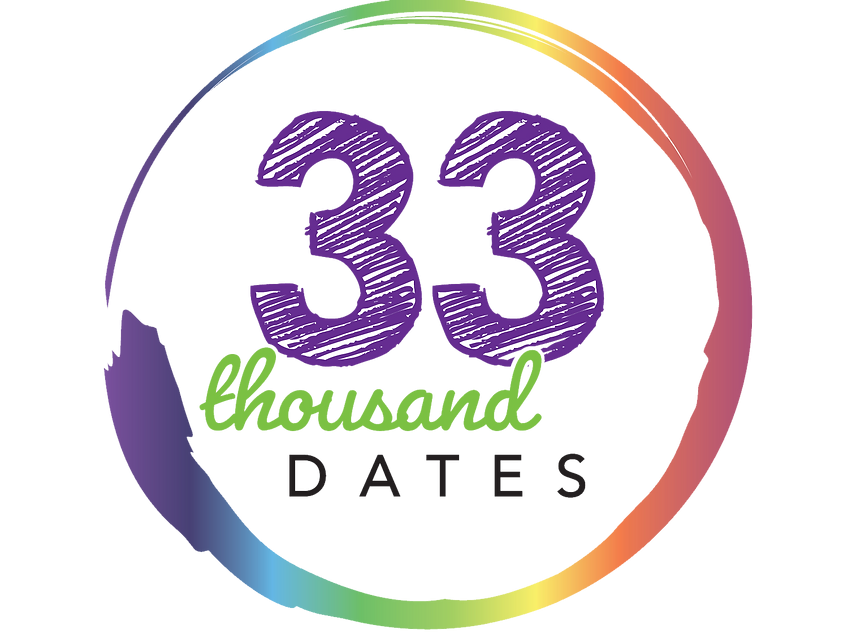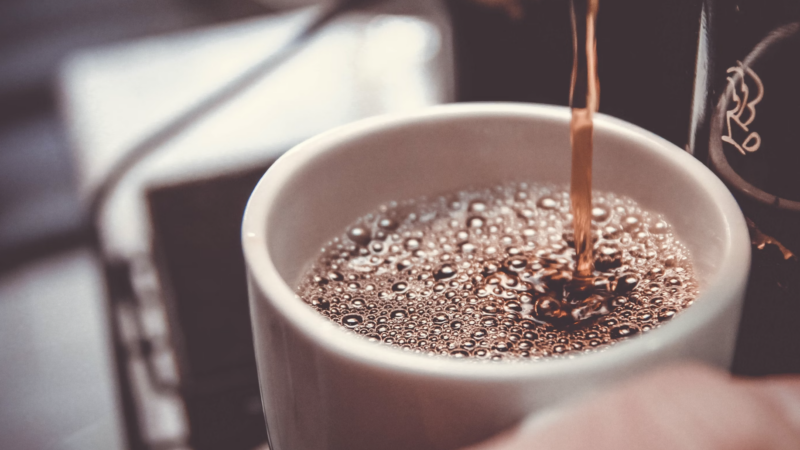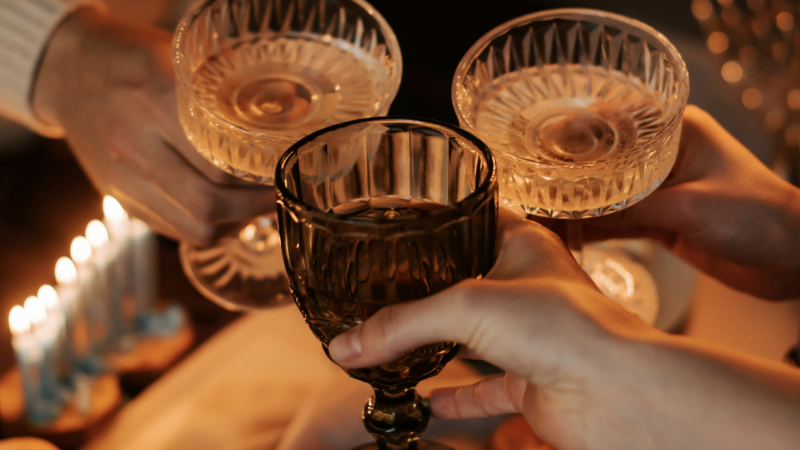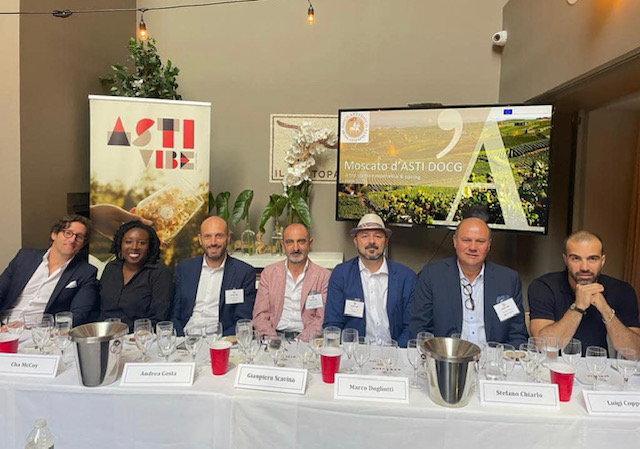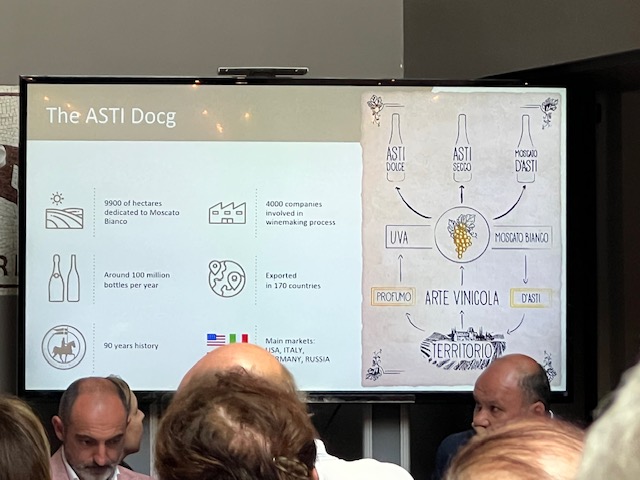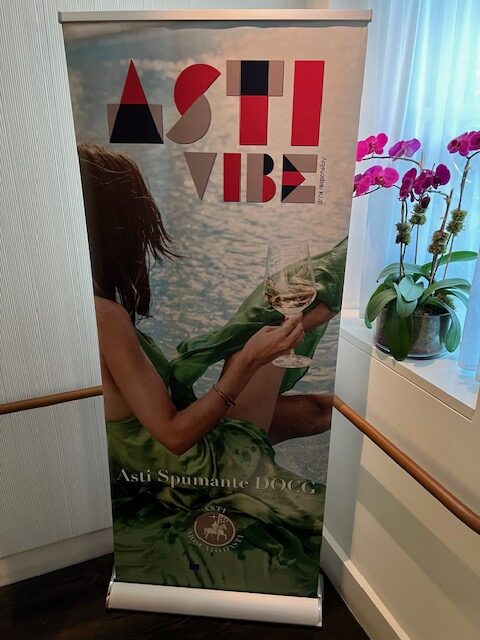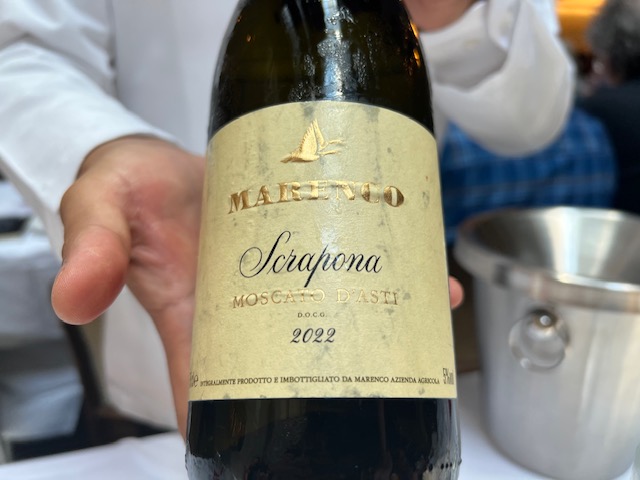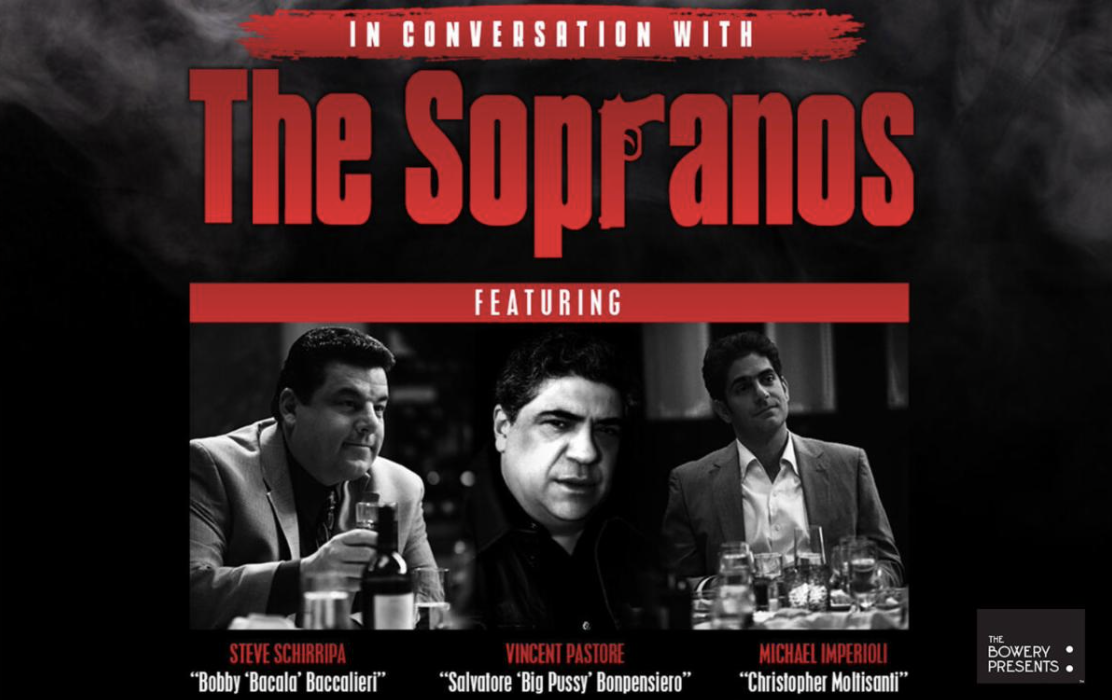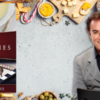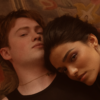Take a Deep Dive into Pop Culture with Woke Boomers Fritz Coleman, Louise Palanker on Media Path Podcast
Fritz Coleman and Louise Palanker are hosting a virtual dinner party. It’s a fun time, a good time, with lots of laughs, smiles, and a deep dive into pop culture past and present.
Have you ever become obsessed with a topic and taken a deep dive into consuming all you could uncover about it?
Media Path Podcast is here to indulge your creative obsessions. Co-hosted by Los Angeles weatherman/humorist Fritz Coleman and filmmaker/columnist and co-founder of Premiere Radio Louise Palanker.
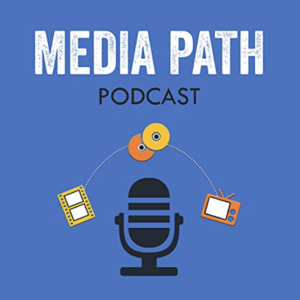
Today we had a conversation (via zoom) with Fritz Coleman and Louise Palanker. This conversation has been edited for length and clarity.
For the full conversation, visit our YouTube channel here.
What’s the best way to introduce this fun, flavorful conversation?
Louise: We tell folks, this is what you would be talking about if you got together with a group of friends anyway. What have you been watching? What should I stream? What’s good? So this is where every conversation eventually devolves. We just get there very rapidly
Fritz: Wheezy and I grew this podcast out of a friendship we’ve had for about 35 years, where we found out surprisingly and wonderfully, that we see eye to eye on lots of entertainment, movies, books, TV shows, and we thought, why not make this a podcast? It is a continuation of our common interests in our conversation.
So that’s what we do. We start each show with some suggestions on what people can watch, listen to, read, and that takes eight minutes. And then we always have a guest on; guests from all walks of life. We found that one of our sweet spots is television personalities from the Los Angeles area particularly ones from our growing up period, the 1960’s and 1970s boomer material and older.
But we do everything. We do politicians, we do singing stars. We’ve had very interesting books and topics that aren’t generally known to the public. I’ll give you an example. Two weeks ago. We had a show about a man who wrote a book about a woman by the name of Connie Converse, who I suppose you could describe as one of the great undiscovered musical talents in America.
She was a great songwriter and a great singer. She was never discovered, which was sad and then she just magically and mysteriously disappeared. So the book this guy wrote was about somebody that not everybody was familiar with, but it was fascinating because it was like a, ‘whodonnit’ and also the heartache of an undiscovered musical talent, that lady that started in Greens Village and all those things.
All that to say it’s Weezy and I discussing stuff we find fascinating and we hope you come along.
From the episodes I’ve watched, it feels like the most interesting dinner party you’ve been to in a long time.
Fritz: We appreciate that.
We’re gonna use that as a sales tool from now on. The most interesting dinner party you’ve ever been to. Yeah,
Louise: the food is awful.
Fritz: My dinner with Weezy.
Louise: Yeah, there’s some hard candies and it’s bring whatever you can in your purse because we, I’ve got some granola bars on the coffee table, but that’s it.
Fritz: We want the intimacy of a conversation among friends and so you, you analyzed it well. Beautiful.
Because everyone watching and listening loves food. Do you have a favorite food you’d recommend either you per personally and enjoy or something that we should be eating or cooking while we listen and watch your show?
Louise: I’m gonna recommend some water. This comes out of a filtration system near my sink. It’s just lovely.
Fritz: I happen to be a fan of Northern Italian cuisine. I won’t name specific dishes, but in general, I love risotto with a great protein like shrimp or chicken.
I love penne with a bolognese sauce. I love capellini alla checca, which is a great when you add shrimp to it and then you add a checca sauce, which is the red sauce with garlic. And so I like Northern Italian Cuisine. I don’t cook, but I can buy the best food in America. Just walking out my front door here.
Louise: Have you ever put salmon on a pizza?
Fritz: I’ve had that actually. That’s actually very good.
Louise: Very good. Goat cheese. Wonderful. I love let’s see, chicken parmesan, I think that’s what I would order.Maybe that sounds very pedestrian. But comfort foods are delicious.
Meatloaf, mashed potatoes, chicken parm. That’s the kind of stuff – any potato really, you can’t do anything to a potato that would offend me.
Fritz: I’ll tell you, LA is wonderful for that lately cuz there’s all sorts of interesting fusions going on. You have Vietnamese food and Italian food and a fusion menu.
And if you like to experiment with different palettes, this is a great city to do it in. It really is, thanks to Wolfgang Puck and some of the gourmet chefs in the town. Completely
I think what we’re all, what we’re all noticing immediately is the two of you have phenomenal chemistry. What’s the origin story?
Louise: Yes, absolutely. We know each other quite well. It’s very natural, and I’ve been podcasting since you could, you go back to 2005 whenever you got that new iPhone that said, would you like to listen to a podcast? And then you said, what’s a podcast? And then the adventure begins.
So I’ve been doing it from jump and Fritz was contractually obligated to not speak outside of his news job about anything that did not concern a weather pattern. Your newsman cannot have an opinion. That’s very distracting, especially now in our divided sensibility.
Fritz: You just can’t say anything smart, that would embarrass the station. That’s all.
Louise: So you couldn’t do commercials. It makes sense if you’re talking about the weather, you don’t wanna be thinking, oh, this guy sells batteries. You just, you wanna just get your weather cast.
So as soon as he retired we jumped on board together because I had done four podcasts before this one, and I was prepared in terms of what a podcast requires, how difficult it is. And so for Fritz, I just need his mind, his preparation, his wit and his fascination with all things interesting.
And he’s more than ready to take on the podcasting world. He’s the best.
Fritz: And this is not a brag but it’s true. You cannot manufacture chemistry. You can see two people on television. You hear them on the radio or hear them in a conversation, and you know that these two people should not be in the same room together, let alone host their own presentation.
But we just have a natural thing that was born out of our friendship really, and our common interest in stuff. One of our sweet spots is baby boomer and older music, old rhythm and blues. Weezy’s interest in music goes back to the old harmony groups like the Mills Brothers, cuz she was personal friends.
So all those things we find fun and so when we get in there we I think that the fun we’re having resonates to the audience. I hope it does.
Louise: We geek out together. It’s like watching Jimmy Fallon. You’re just so giddy that he’s that giddy. So hopefully we bring that kind of enthusiasm and just to get to meet the people that we grew up watching.
And also the excitement of when you have an author reading the book and then getting to talk to the author and, rather than having to scour YouTube for interviews that the author did, because now you’re fascinated. We actually get to talk to the person. And so we find that exciting. It’s like going to grad school for free.
Fritz: One of the great joys is having a topic that you don’t know anything about. For instance, this Connie Converse topic and the one we’re having this week we’re preparing for now, this is a guy that wrote a book about the friendship between Henry Ford, John Burrows, and Thomas Edison.
These three geniuses in a different venue, each one, but they all had this spectacular friendship and they all took a road trip in a model T Ford. I knew a little bit about Henry Ford, you know it from the Industrial Revolution and extreme antisemitism. But I didn’t realize that he had interests outside there. Louise and I are just gonna be blank slates and come into this interview with just being inquisitive, and that’s always fun. You discover something you had no idea about.
Let’s talk about both of your backgrounds.
We’re gonna go to Fritz second. Louise, bring everyone up to speed about what you’ve accomplished and those other podcasts you’ve worked on so people know the background that you bring to this show.
Louise: Yes, I began my career as a studio page, and it was one of those things where you get your foot in the door and one thing leads to the other thing.
So I became a studio page at a place called Metro Media Tape. We were doing all of the Norman Lear sitcoms. We had the John Davidson talk show. Which was where a person like me gets to meet Van Johnson. It was just crazy. Look, I’m from suburban Buffalo and here I am with Van Johnson.
It was crazy. So I’ve always just been so grateful to work in entertainment. I just consider it to be an honor. But that led to a job at a show called PM Magazine, which led to me meeting Rick Dees who was a local radio personality. I went to write his syndicated countdown show, which is called the Rick Dees Weekly Top 40, which led to me meeting other personalities at KISS FM and forming a company with them called Premier Radio Networks.
And that was a 15 year rocket ship that led to that company being sold to Clear Channel, which is now iHeart Media. At one point I went to one of my partners and I said, Hey, Craig, what are what’s the chance of me having my own show? And he said, none. And I said, I have two words for you, podcast.
Because he didn’t know that they were just the one word at that time. And I, that’s how new it was. I was doing standup comedy at the time, so I went to do standup comedy that night and I said to my friend, Laura Swisher, have you heard of a podcast? And she said, I just heard about it today.
It was just like, it was hot off the press, right? So we were like, let’s make one. That led to 100 episodes of Weezy In The Swish, which was my first podcast. And then I did one with K with teenagers where I was like giving teenagers advice cuz like I love to mentor young people.
And that one was called Journals Out Loud. And then I did one with some of my comedy friends called things I Found Online, which was people our age discovering the interne. Then Fritz retired and now I’m working with Fritz.
I never was a radio personality at Premier. I was a creator. I was in charge of all of the creative output, but Premier had shows that did not involve or include me other than behind the scenes.
And now Fritz obviously. My words, you’re an LA icon. For more than 40 years…
Fritz: Contactually, you have to say that about me. Every time you introduce me. I’m an LA icon.
Not only do you own LA TV, but you own LA stages because for those who don’t know, seeing you live is a phenomenally fun, entertaining evening. Was it a very conscious segue to get into podcasting?
Fritz: My involvement with her podcast is totally her both blame and her gift that she gave to me after I retired.
People find this hard to believe. Real meteorologists hate this story, but I’ll tell it to you anyway. I was working at the Comedy Store in 1982 and because I talked on stage about having done the weather earlier in my broadcasting career, the news director from Channel Four and his wife were in the audience that night and he came up to me after the show and he said, I really enjoyed your show, particularly the thing about doing the weather in the Navy, but not knowing anything about it.
He said, would you have any desire to come to Channel Four and do some vacation relief, weather forecasting? I was making $25 a night at the Comedy Store, and so I almost passed out. I said, of course, when do you want me to start? He said you have to audition. So I auditioned and got the job, and I did two years as a vacation relief guy on the weekends.
Filling in on the weekends and filling in for people on vacation. And then two years later, I was bumped up to the weekday weather cast position and I retired two weeks shy of my 40th anniversary. And it’s just unbelievable. I didn’t set out to have a career in weather. This opportunity presented itself.
I could continue to do standup. I came out here from Buffalo, New York where we Weezy’s from to do standup. Even as the weather job I was able to continue to do standup. And so I had two careers. One paid for my children’s education. The other exercised my ego, and as they, it both worked out.
How do you two decide on the topics and when you bring up your guests, how do you decide on your guests?
Louise: We get a lot of offers coming our way now. There’s definitely people that we go after. But we have so many folks that are pitching, when someone has something new that comes out, they make the rounds. And so we just know what our sweet spots are and we email each other with our producer Dina, and we say, does this sound good?
So for example we did not know anything about that Elvis story that you’re talking about. And when it was pitched to us, we just said Absolutely. Exactly. This is what we wanna delve into. So that is what you’re referring to, is a book about a woman who researched Elvis’s health history and discovered that he wasn’t a drug addict because he enjoyed drugs. He was a drug addict because he was trying to feel normal. He was born with disease in 9 out of the 11 systems of the body, and this is why everyone on his mother’s side dies in their forties, including Elvis.
Fritz: That was a great example of what I was talking about.
Weezy and I were just flabbergasted. I mean we’ve all known a lot about Elvis, especially Weezy and I, because we’re students of music, but there was so much in there that we didn’t realize. And that’s a great example of discovering things that you weren’t aware of that made the podcast so much fun.
Louise: And the book is by Sally Hodel and it’s called Elvis: Destined to Die Young.
I think so many people are looking for that level of knowledge and a deeper dive. I think both YouTube and podcasts allows for those deeper dives.
What do the two of you look for when it comes to interviews? Is there different angles you’re both looking to achieve or how does that happen?
Louise: If we find it interesting, we just believe that other folks will find it interesting. So we just gauge it on what fascinates us.
We’re a pretty good barometer.
Louise: We’re always looking for politics. We both call ourselves “woke boomers”.
We’ll take it. And we love history. We love biographies, we love documentaries. We’re both news junkies. We love TV, especially the TV that is close to people because they grew up with it. We believe firmly that what you loved at 10 you love forever. We talked to Marty Croft and we talked to former child stars and we talk to folks like that.
This week we talked to Nellie Oleson, Alison Arngrim from Little House on the Prairie as well. We love talking to those folks and learning what life was like as a child growing up making the television that other kids were so in intrigued by, and of course the music of our era, sixties, seventies, eighties,
Fritz: We had two documentary filmmakers on a couple of about a month or so ago. They made a documentary about Blood, Sweat and Tears, which was one of the iconic groups of the late sixties and early seventies. They and Chicago were the first bands to use horns in mainstream rock and roll. But there’s a great backstory about how Blood, Sweat and Tears were bamboozled into making a tour behind the Iron Curtain. They were the first American rock band that had ever been allowed to tour behind the Iron Curtain.
And there’s hundreds of hours of video of these guys experiencing Romania and all these less than welcoming countries. And that was fantastic because, again, we’d always been fans of Blood, Sweat and Tears. But this was an aspect of their career we didn’t know anything about. That was fantastic.
And we had Bobby Columby, who was the drummer for Blood, Sweat and Tears in the studio with us. It was really fun.
You both brought up in your own ways, “happy accidents” with guests. Can either of you suggest guests we should go back through your archives and find?
Louise: My favorite episode features Joyce Bouffant. She wrote a book called My Four Hollywood Husbands. It’s absolutely a tremendously entertaining read. She was married to James MacArthur, The son of Helen Hayes. So this kid who has a impoverished childhood and suddenly she’s hanging out with Helen Hayes. Launches a career of taking care of alcoholic husbands and finally winding up with the man of her dreams.
And it’s just, it’s quite a ride and remarkably entertaining.
Fritz: And we have guests that will always be our favorites. One of our only repeat guests, Henry Winkler, who happens to be a close friend to Weezy’s. We had him on, but not because he’s a close friend. Because when you just have a very casual conversation with him, you realize his appeal to the world.
He’s one of the most down to earth, non-condescending, brilliant guys who never talks down to you. He’s just the loveliest man in the world and who has had an astonishing career. And we’ve had him on, and we’re gonna try to get him on again because he has an autobiography coming out soon. So we hope we can coerce him into coming back on.
But yeah, we love those too. We haven’t had anybody else on twice? I don’t think so. Adam Schiff. The politician. Now his life has changed because he’s running for senator from California.
Louise: He’s Fritz’s Congressman, so he’s congressionally obligated to attend our podcast.
He’s wonderful and very funny guy as well. We’re always just really honored to speak to him. Another favorite show of mine is: The Steve’s. Steve Young and Steve O’Donnell, both wrote for David Letterman. Steve Young has created this documentary called Bathtubs Over Broadway, where Steve Young becomes obsessed with industrial musicals.
It’s on Amazon Prime right now and it still gets a lot of views.
It’s fun to talk to Pat Boone and Vicky Lawrence and Johnny Whitaker and Christopher Knight. All of our comedian friends, but those are the stories that you love. Uncovering is things that you didn’t know were there and that delight you.
Let’s tell the audience where to find your show – Where do we find you?
Louise: Anywhere you type Media Path Podcast it’s gonna come up. Website, podcast, youtube, iphone.
Fritz: I have a new comedy special, which is streaming on Tubi. It’s called Unassisted Living. It’s just describing life for people of our demographic: that is old people and their parents.
That’s gonna be fun. Can we find you live on stage soon?
Fritz: I think I’m gonna be having a residency at the El Porto Theater in North Hollywood, California. It’s a fairly legendary theater, called the Maryland Monroe Forum.
And I’m gonna be doing a show there once a month for a while as I work out new material. And I’ll be advertising that on social media and elsewhere.
Find the Media Path Podcast: https://www.mediapathpodcast.com/



